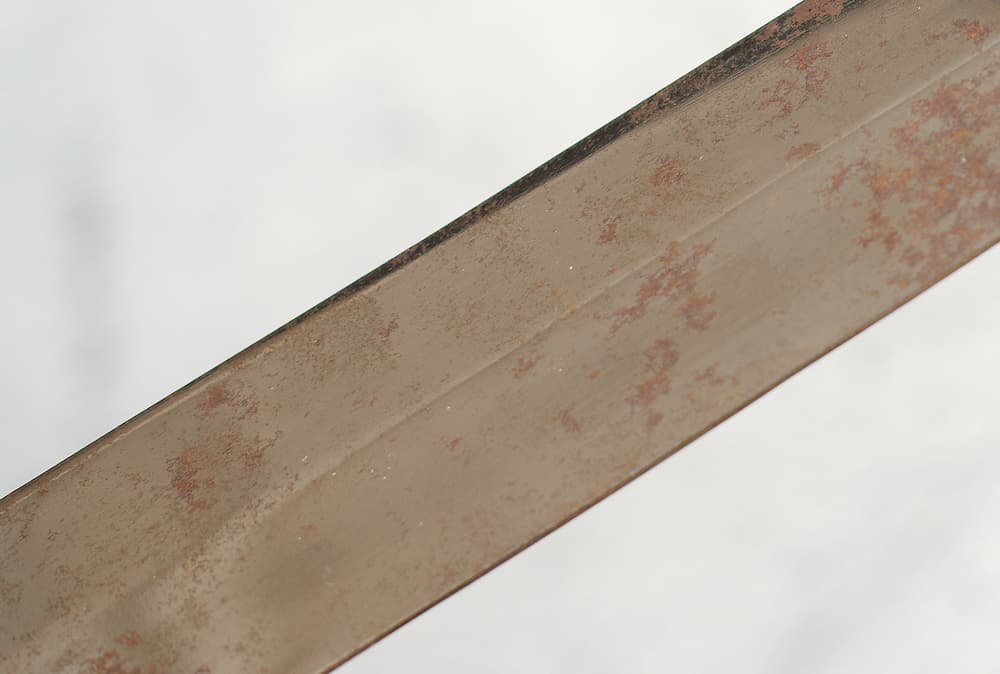 From the Forge to Your Hand: Handcrafted Katanas and Exceptional Swords
From the Forge to Your Hand: Handcrafted Katanas and Exceptional Swords
Samurai & Katana | Middle Ages & Swords | Templar | Legend & Cinema |

Steel is an alloy of iron and carbon. Carbon content generally ranges from 0.005% to 1.5% (by mass), and can reach 2%. The higher the carbon content, the harder the steel. Steel can be unalloyed (iron and carbon only) or alloyed (with other chemical elements such as silicon, molybdenum or chromium). Steel has a low resistance to corrosion. In the case of a traditional knife, sword or katana blade, the steel is generally unalloyed, which exposes it to oxidation by air, humidity or contact with corrosive substances (such as vegetable juices). Maintaining the blade, especially when cutting, helps prevent this oxidation. If maintenance is carried out poorly, too little or too late, it must be replaced by a restoration operation to remove surface oxidation.

Publication date :
Last update :
Protective oil ...see more
Secure payment: your choice


PayPalwith or without account (CB)

Scalapay: 3 times free of charge

Cheque or bank transfer (contact us)
Trust
. French company
. Integrated warehousing and logistics
. No customs duties
. Studio and engraving workshop
. Shipment within 48 working hours
. Delivery in mainland France and Europe (Euro zone: Germany, Austria, Belgium, Cyprus, Croatia, Spain, Estonia, Finland, Greece, Ireland, Italy, Latvia, Lithuania, Luxembourg, Malta, Netherlands, Portugal, Slovakia, Slovenia); D.O.M. / T.O.M.: on quotation. Please contact us for further information.
. 14-day right of withdrawal
Delivery

Your Colissimo tracking space allows you to track and manage the delivery of your parcels.
Useful links
Customer reviews
Terms & Conditions
Frequently asked questions (F.A.Q.)
Cancellation form
Personal data R.G.P.D.